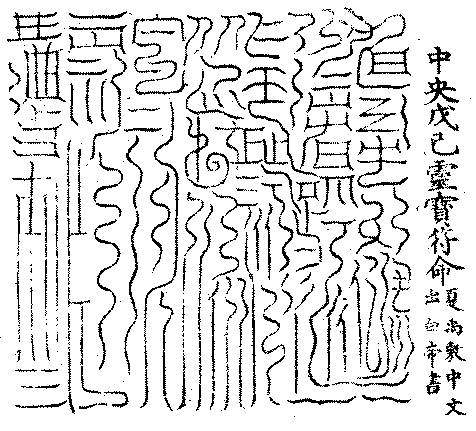All editions of the Daoist canon include a wide and miscellaneous range of materials, a mix of philosophy (often with speculations about the perfect political system), instructions for preparing an elixir of immortality by manipulating various chemicals (referred to as "outer alchemy" waidan), guides to meditation (referred to as "inner alchemy" or neidan), liturgies, charms, and even reprints of the writings of famous non-Daoists. To make matters even more complex, many of the individual works included range over more than one of these topics.In addition several "schools" of Daoist Practitioners are represented by the writings collected in the canon. Each of these felt entitled to use any works used by the others, but each had certain works that were particularly associated with it. The various comprehensive canons all seem to founder on the need to place thematically similar materials together, but also to block materials used by the same school together.The names of Daoist Schools that come up most commonly are: * Lingbao "Spiritual Treasure." A sect of Daoism, apparently having its roots in Han dynasty local religious practitioners. * Longmen "Dragon gate." A sect of Daoism, centered around Nanjing and in Jiangsu province. Sometimes classed as a subdivision of Quanzhen ?. * Quanzhen "Total Reality." A sect of Daoism widespread today. There are some Quanzhen temples in the United States. * Shangqing "Consummate Purity." A sect of Daoism that is associated with Mount Mao or Mao Shan ? ("grass mountain") in Jiangsu province, and therefore sometimes also called Maoshan Daoism. It particularly stresses use of the A sect of Daoism, stressing particularly the Yellow Court Scripture or Huangting Jing) (The founder was a woman named Wei Huacun (251-334), who married and raised a family but was subject to visions of immortals. * Shenxiao "Spirit Night." A sect of Daoism possibly originating around Mount Lu or Lu Shan (also called Lu Shan). The liturgical forms used are of a "popular" nature, i.e., derived from non-canonical sources, and considered "heterdox" by many Daoist priests. Sometimes also called Lushan Daoism. * Zhengyi "Orthodox Unity" (also written Zhengyi). A sect of Daoism, founded by Zhang Daoling and today the principal orthodox sect. Because the head of the sect, always a descendant of the founder, is referred to as the "Celestial Master Zhang" (Zhang Tianshi), this is sometimes called the "Celestial Master Sect."Here is a list of the major divisions of the Daoist Canon as they were preserved in several of the editions over the centuries. Books in PDF format to read:Frater Achad - The Anatomy Of The Body Of GodJohn Arnott Macculloch - The Religion Of The Ancient CeltsAnonymous - Meditation Of The Four Magickal WeaponsFranz Bardon - Frabato The MagicianBrian Swimme On Chardin - The Divinization Of The Cosmos


